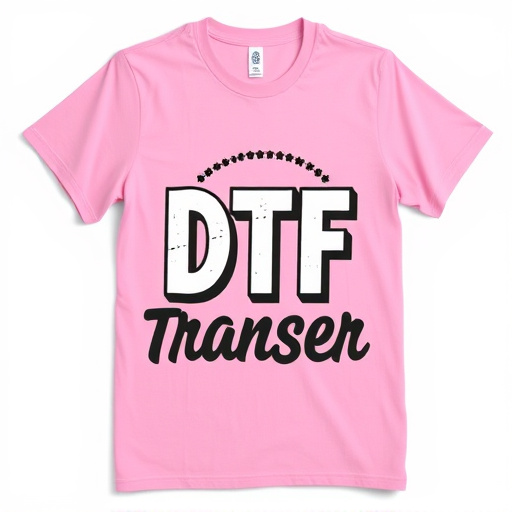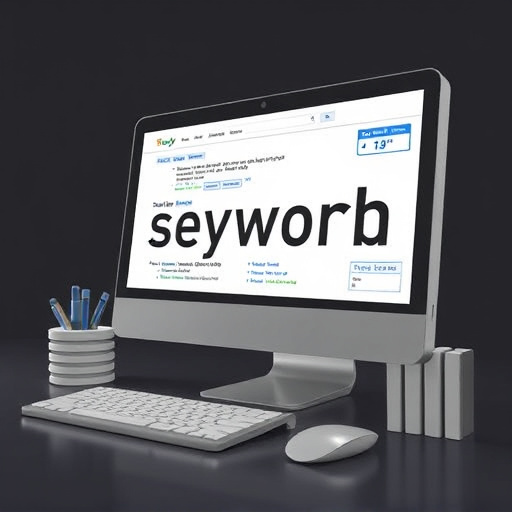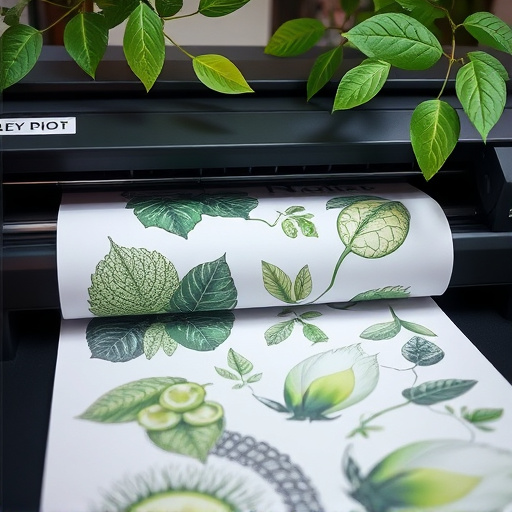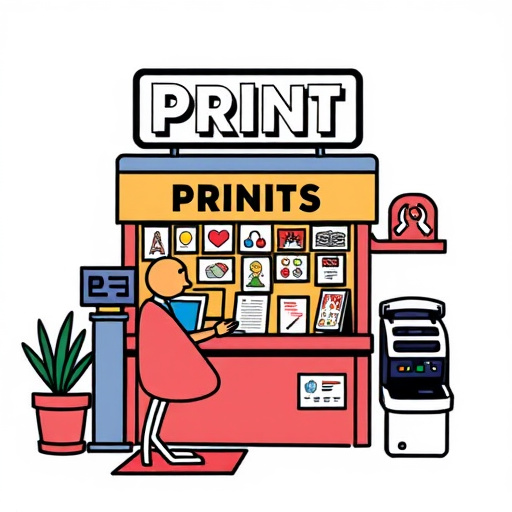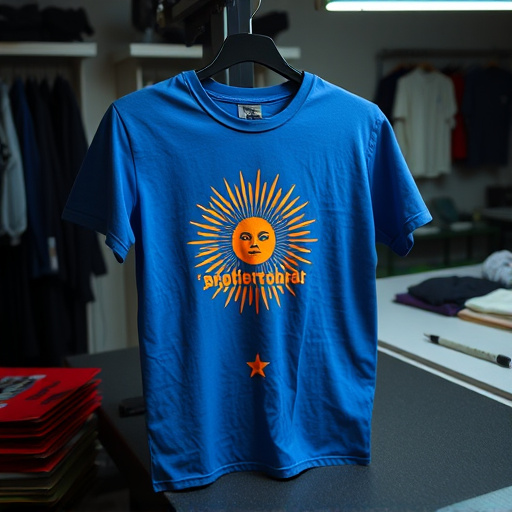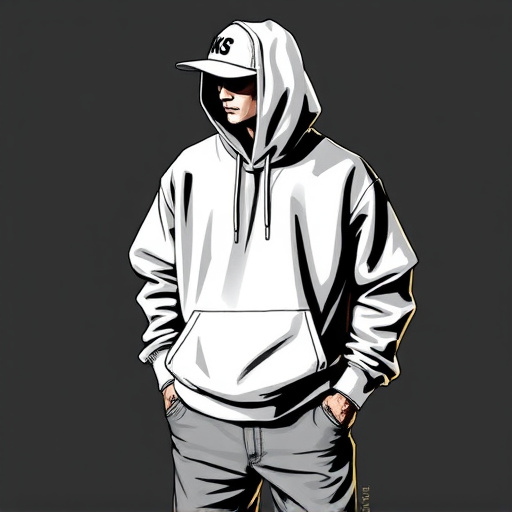Direct-to-Film (DTF) Innovation is reshaping the clothing industry by offering quick customization and personalized garment production. Advanced printing technologies, user-friendly software, and digital marketplaces have fueled its popularity among modern consumers who value speed, efficiency, and cost-effectiveness. DTF's versatility in creating vibrant designs on dark fabrics further drives its adoption, enabling creators and brands to express their creativity promptly.
“Unraveling what drives consumer interest in DTF (Disruptive, Temporary Fix) innovation is key to staying ahead in today’s dynamic market. This article explores the intricate dance between consumer behavior and preferences, and how technology acts as a catalyst for DTF adoption. We delve into the benefits and perceptions surrounding these temporary solutions, shedding light on their growing appeal. By understanding these factors, businesses can navigate the ever-changing landscape and capitalize on the potential of DTF innovation.”
- Understanding Consumer Behavior and Preferences
- The Role of Technology in Sparking Interest
- Benefits and Perceptions Shaping DTF Adoption
Understanding Consumer Behavior and Preferences
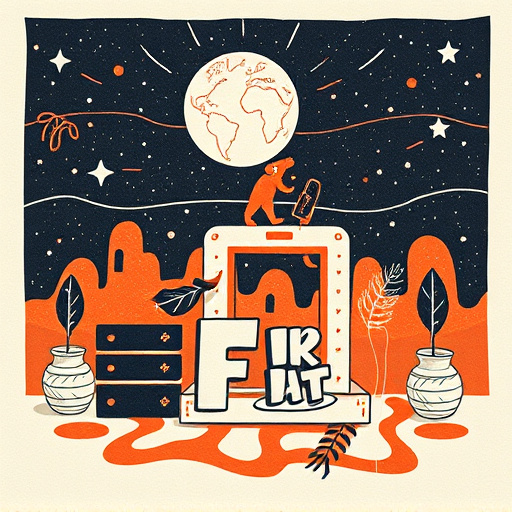
Understanding consumer behavior is a key component in gauging interest in any new technology, especially within the realm of DTF Innovation. Today’s consumers are increasingly demanding quick turnarounds and customization options for products they purchase, particularly when it comes to clothing items like t-shirts. This shift in preference has led to a surge in popularity for direct-to-film (DTF) printing technologies, such as those used in bulk DTF shirt production.
By leveraging DTF printing for t-shirts, businesses can cater to this desire for both speed and personalization. Consumers appreciate the convenience of being able to design and order unique garments promptly, without lengthy lead times. This dynamic highlights the importance of consumer insights in driving interest in DTF Innovation—by understanding their needs and preferences, manufacturers can develop products that resonate with market demands, ultimately fostering growth within this exciting sector.
The Role of Technology in Sparking Interest

In today’s digital era, technology plays a pivotal role in sparking consumer interest in DTF (Direct to Fabric) innovation. The advent of advanced printing techniques and software has transformed the way we envision and create designs. High-resolution DTG (Direct to Garment) printers now allow for intricate, vibrant patterns that were once unimaginable on fabric. This technological advancement, coupled with user-friendly design tools, empowers both professionals and enthusiasts to bring their creative visions to life promptly.
Furthermore, the integration of digital technologies has facilitated a smoother workflow for DTF applications. For instance, dtf transfer film and dtf heat transfer paper have become indispensable tools, offering precise transfers and easy application. Online marketplaces also play a significant role in generating buzz around DTF innovation by providing a platform for creators to showcase their work and for consumers to discover new trends and products, thereby driving further interest in this dynamic field.
Benefits and Perceptions Shaping DTF Adoption
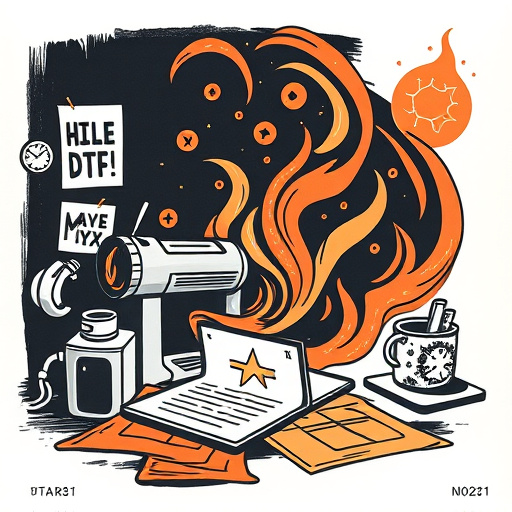
The allure of DTF (Direct to Fabric) Innovation lies in its ability to offer a range of benefits that cater to both consumers and businesses. One of the primary drivers is the versatility it provides, especially when it comes to printing on dark fabrics using techniques like heat press. DTF printing allows for vibrant, lasting designs on a variety of materials, overcoming the challenges often associated with darker fabrics in traditional printing methods. This opens up opportunities for creators and brands to express their creativity on merchandise, apparel, and more.
Perceptions surrounding DTF Innovation play a significant role in its growing adoption. The modern consumer appreciates the speed, efficiency, and cost-effectiveness of this technology. DTF allows for quick turnaround times, enabling businesses to meet market demands promptly. Additionally, it offers a high level of customization, catering to individual preferences and unique design needs. As such, it has become a preferred choice for those seeking innovative yet practical solutions in the world of printing and product personalization.
DTF innovation captivates consumers due to a dynamic interplay between technological advancements and evolving preferences. By understanding consumer behavior, we recognize that convenience, speed, and enhanced experiences are key drivers. Technology plays a pivotal role in introducing novel solutions, making DTF innovations more accessible and appealing. As perceptions shift towards embracing new ideas, the benefits of DTF gain traction, shaping a future where these quick, efficient solutions become the norm.
